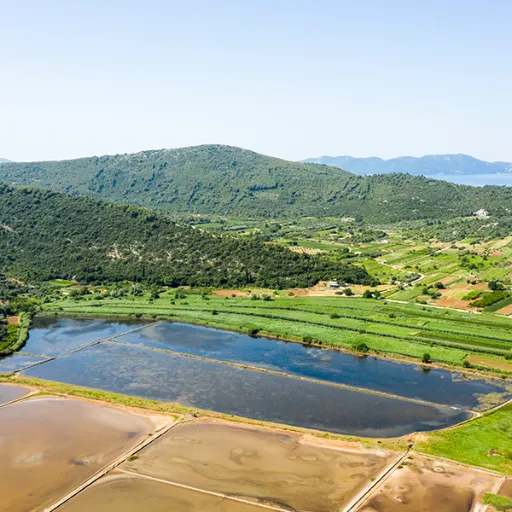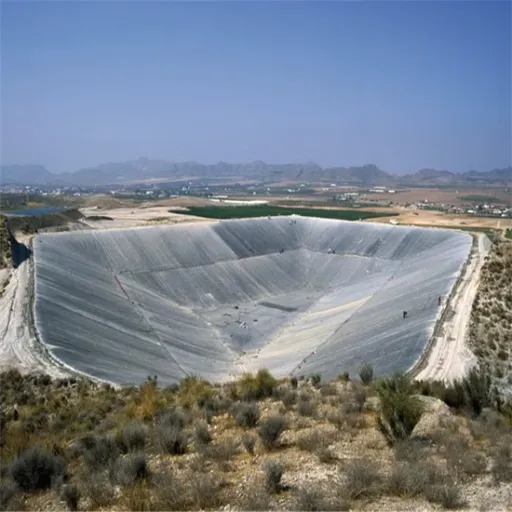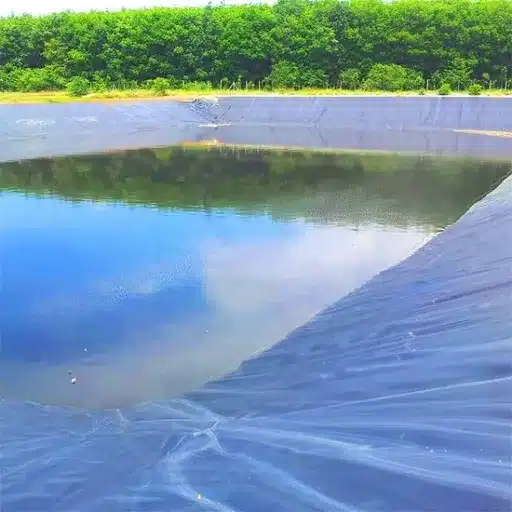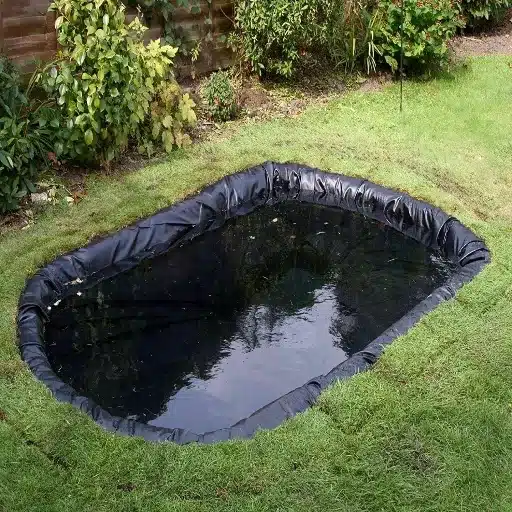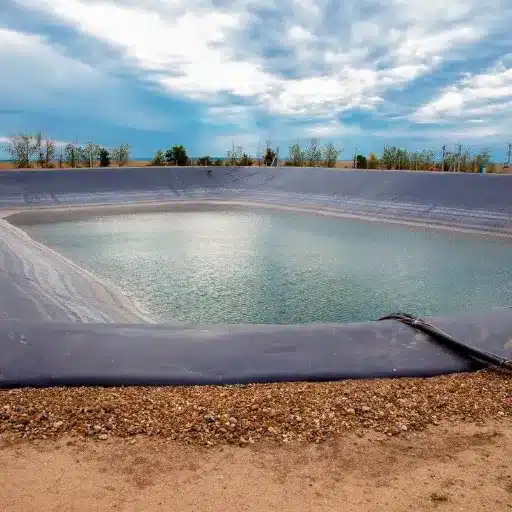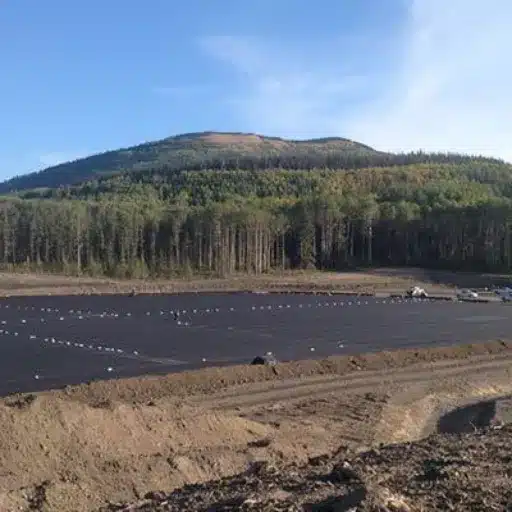Modern geomembrane liners deeply serve two key goals: manage and protect the broad range of materials they cover. They are invaluable in completing regulatory demands, preventing spillage of dangerous waste and conserving water in reservoirs, and in maintaining the integrity of structures in construction zones. The blog post explains the uses of geomembranes across many applications, the industries they are key for and their different types which are custom-built.
Overview of Geomembrane Liners
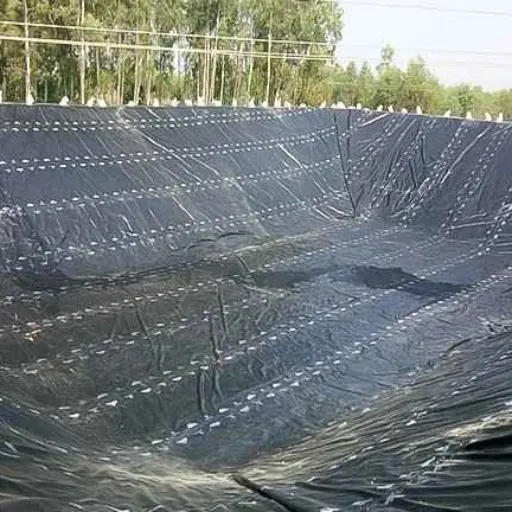
Geomembrane liners play a huge role in today’s world. They are used in civil, hydraulic, and environmental engineering works and are made to prevent water or gas from moving. They are an economical and long-lasting way to solve containment related issues. Usually made of high-density polyethylene (HDPE), linear low-density polyethylene (LLDPE), or polyvinyl chloride (PVC), geomembrane liners are designed to be strong, chemically robust, and be able to stretch.
Market Growth
The geomembrane market is projected to increase in use at a 7.8% rate each year from 2021 to 2030.
The increase in the worldwide use of geomembrane liners is attributed to the need for efficient barrier use in waste containment, water reservoirs, mining, and other forms of irrigation. Environmentally, landfills use them effectively as liners to block leachate from entering the soil and poisoning it and open grabage pits, aiding the environment.
Applications in Environmental Protection and Construction
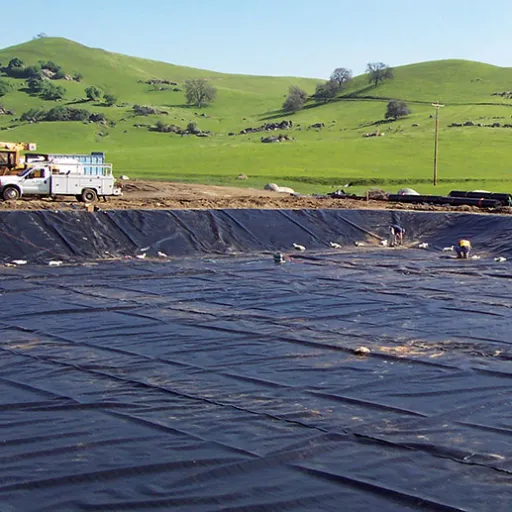
🌱Protection of the Environment
Geomembrane Technology is used extensively for both soil and reservoir protection. Landfills, for example, are meant to store a variety of waste materials, including those that are considered to be hazardous. Landfills also contain liquids, and if care is not taken, dangerous waste could mix with linings, leading to the creation of harmful toxins and chemicals that need to be disposed of properly.
new geomembrane installations used in hazardous waste storage
🏗️Construction Industry
In Modern Construction Processes, Geomembranes Are Essential for Infrastructure. They have specially been designed for waterproofing tunnels, retaining walls, and other underground structures. One of the advantages of geometrical landslides is that they are useful in the civil engineering of new. With the growth of major cities, demand for geometrical lines increased.
For example, geometrical lines, along with civil engineering projects, the geometrical surface with better physical geometrical features is used for the protection of the slopes from shaping.
Recent Innovations in Geomembrane Technology
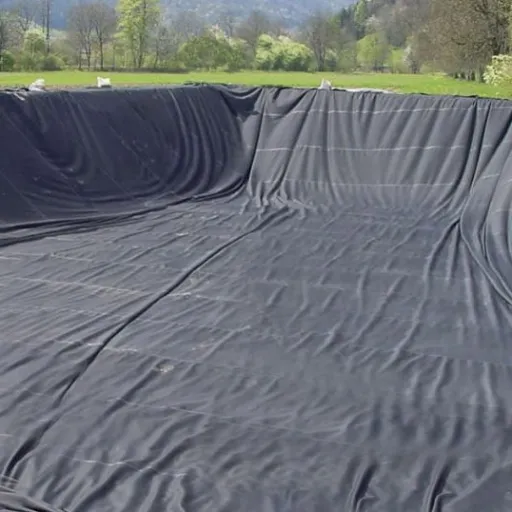
For almost all practical applications, geomembranes are used for waterproofing and slope protection in infrastructure projects, taking advantage of their excellent physical and chemical properties. The latest technologies focused on improving their imperviousness and enhancing adaptability to complex surfaces due to increased demand from urban development.
High-Performance Geomembranes
High-performance liners have proven to be an integral aspect within infrastructure and environmental projects because of not only their strength and adaptability but also their adapting qualities. their as a wear layer these liners are currently being used within the mining, waste management, and mining containment industries.
Performance Specifications
- Puncture Resistance: Up to 1,500 newtons
- Shear Strength: In excess of 27 kN/m
High-Density Polyethylene, in its multi-layer version, along with it being superior in tensile strength, also offers other fracture resistance and good dehydration conditions. As of now, the most recent statistics show puncture resistance is up to 1500 newtons, and shear strength is in excess of 27 kN/m. This shows that the geomembranes, in addition to being better for the environment, are also beneficial to containment because of the enhancements made to their design.
Advancements in Seam Technology
The seam technology used on the geomembranes has significantly improved grundfos and has changed the life of containment systems. Some of the seam technologies are ultrasonic welding and thermal fusion that has improved the seam strength. In the case of thermal fusion, it works on the concept of joining the seams of the material, which reduces the chances of leaks significantly. On the other hand, ultrasonic welding uses the high-frequency vibrations to form vigorous and precise seals that are of immense importance for water containment and liquids that need to be stored or disposed of.
Research Findings (2022)
Seam technologies can reduce the likelihood of unaccounted-for leak in industrial applications by more than 40%.
Automation of seam technology and equipment has improved the quality of containment systems a great deal. In addition, it has eliminated the need for much labour and has reduced wastage, allowing seamless and precise installation of geosynthetic materials in huge projects. Therefore, these improvements are especially needed, as the efficient use of resources and the environment are a great concern in our time.
Key Benefits of Using Geomembranes
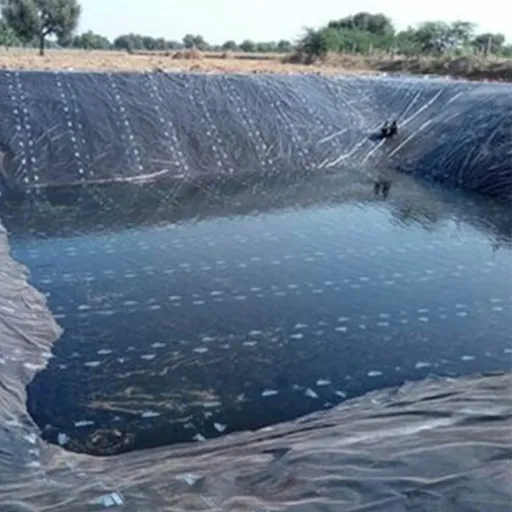
Good quality geomembranes are highly durable, very economical, and versatile enough to conform to any set of requirements of a project. They also reduce the wastage of materials and increase the overall installation speed, something that is of extreme importance when working with huge areas.
⏳Durability and Longevity
Geomembranes are well-known for their exceptional durability and, as a result, they are an essential component for many environmental and industrial protection projects. Alongside Geomembranes’ inherent durabilities, specialised polymer tech have made Geomembranes resistant to chemical hazards, UV (Ultraviolet) rays, and even mechanical stress boosted Geomembranes providing incredible service life.
Service life for HDPE geomembranes under proper conditions
They are protected with certain components to assure their respective mechanical strength and are puncture resistance. As pointed out in the latest researches, there are such numerous oxidation preparations combined with robust puncture resistance boasting all of their impressive capabilities.
💰Cost-Effectiveness
Geomembranes are a proven cost-efficient solution for a wide range of scenarios, and they are particularly well suited for applications in industries such as agriculture, mining, waste, and infrastructure organizations. Their solution cost is low, they save on labor for operations, and they last long, thereby reducing the expenses, collectively.
in agriculture reservoir losses with geosynthetic membranes
For instance, landfills are geosynthetic applications that restrict the leachate impact on the environment, which in the long term reduces clean up and fine costs. In mining, geosynthetic membranes are the go-to linings in heap leach pads because, paired with their special chemical resistance, they decrease the risks that come with seepage of leachate systems.
Challenges Associated with Geomembrane Use
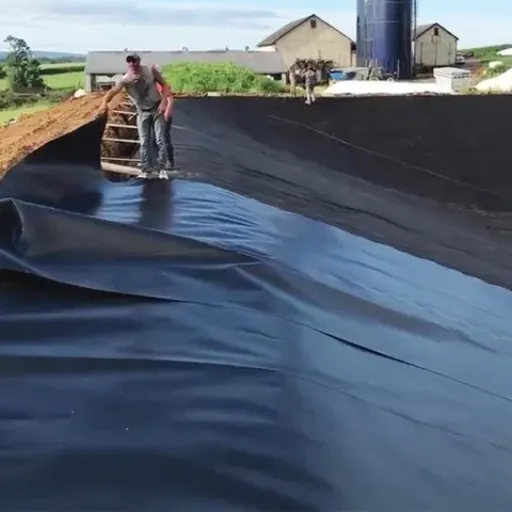
I consider improper installation methods, material incompatibility, and environmental conditions when dealing with problems related to geomembrane use. Installations must be done very carefully, since poor seams, poor welds, punctures, or any other defects in the geomembrane installation procedure could seriously hamper performance.
Installation and Maintenance Issues
In the field of civil engineering as well as environmental sciences, geomembranes provide numerous advantages. They save on installation and maintenance expenses, but they also have installation and maintenance limitations that need attention. Incorrect installation techniques can lead to issues, such as seam, puncture failures or incomplete sealing, and they can also jeopardize the geomembrane’s effectiveness.
Installation Error Statistics
20-30% of installation errors are due to geometric problems, highlighting the importance of qualified individuals and quality control standards.
Moreover, unfavourable environmental conditions like extreme ambient temperatures, high winds or irregular subsoil can create additional difficulties. Having to work under extreme heat, for example, makes thermal expansion equipment harder to align and secure, while working on uneven substrates creates planes in the geomembrane, amplifying problems.
Environmental and Regulatory Compliance
It is imperative to note that geomembrane use, especially in waste containment, water management, and mining sectors, requires utter adherence to environmental and corporate regulations. These sectors are heavily regulated by the U.S. Environmental Protection Agency (EPA) and other regional bodies. One such regulation is the Resource Conservation and Recovery Act (RCRA), which mandates the use of geomembrane liners in landfills to safeguard the environment, since the liners help in preventing leechate groundwater pollution.
Sustainability Trend (2025)
25% of geomembrane products are projected to include recycled or bio-based polymers, responding to growing demand for sustainable efforts.
Equally notable is the endeavor to integrate geomembrane products with eco-friendly materials due to the heightened scrutiny. Staying up to date with such changing requirements, in addition to ensuring sound legal compliance, serves as a form of environmental stewardship for businesses operating in ecologically sensitive sectors.
Reference Sources
-
A Feasibility Study for the Drainage and Protection of Geomembranes
This study explores the application possibilities of geomembranes for leachate drainage and protection.
Read more here -
Technical and Economic Feasibility Assessments of HDPE Geomembranes
This document discusses the use of high-density polyethylene (HDPE) geomembranes in hydraulic channels, particularly for hydroelectric power plants.
Read more here -
5 Crucial Considerations When Choosing a Geomembrane
This article provides insights into selecting reliable geomembrane manufacturers and understanding their applications.
Read more here
Frequently Asked Questions (FAQs)
QWhat varieties of geomembranes are in use?
There exist various geomembranes for the different field application to fit. The most common geomembranes include HDPE geomembranes, EPDM geomembranes, bituminous geomembranes, and other new geomembranes. All these geomembranes come together and have specifically different properties for use; for example, use for waterproofing, controlling fluid movement, and containment of hazardous materials in geomembranes.
QWhat makes HDPE geomembranes unique compared to the other varieties?
Other than being cost-effective and very easy to install, HDPE geomembranes are made majorly in high-density polyethylene, which and therefore offers significant chemical resistance. As opposed to EPDM, HDPE geomembranes, especially in the installation of functions like pond liner installation and landfill covers, are therefore amongst the fastest growing choices of all.
QWhy are geotextiles important in asphalt geomembranes?
The use of geotextiles in conjunction with asphalt in geomembranes helps consolidate specific functions and makes them more effective for use. Through the anthracene oil-coating of geotextiles with asphalt, there is additional provision of protection against punches, and the geomembrane liner is made much more durable. This innovation proves to be more impactful when high-performance geomembranes are needed for the control of fluid migration.

